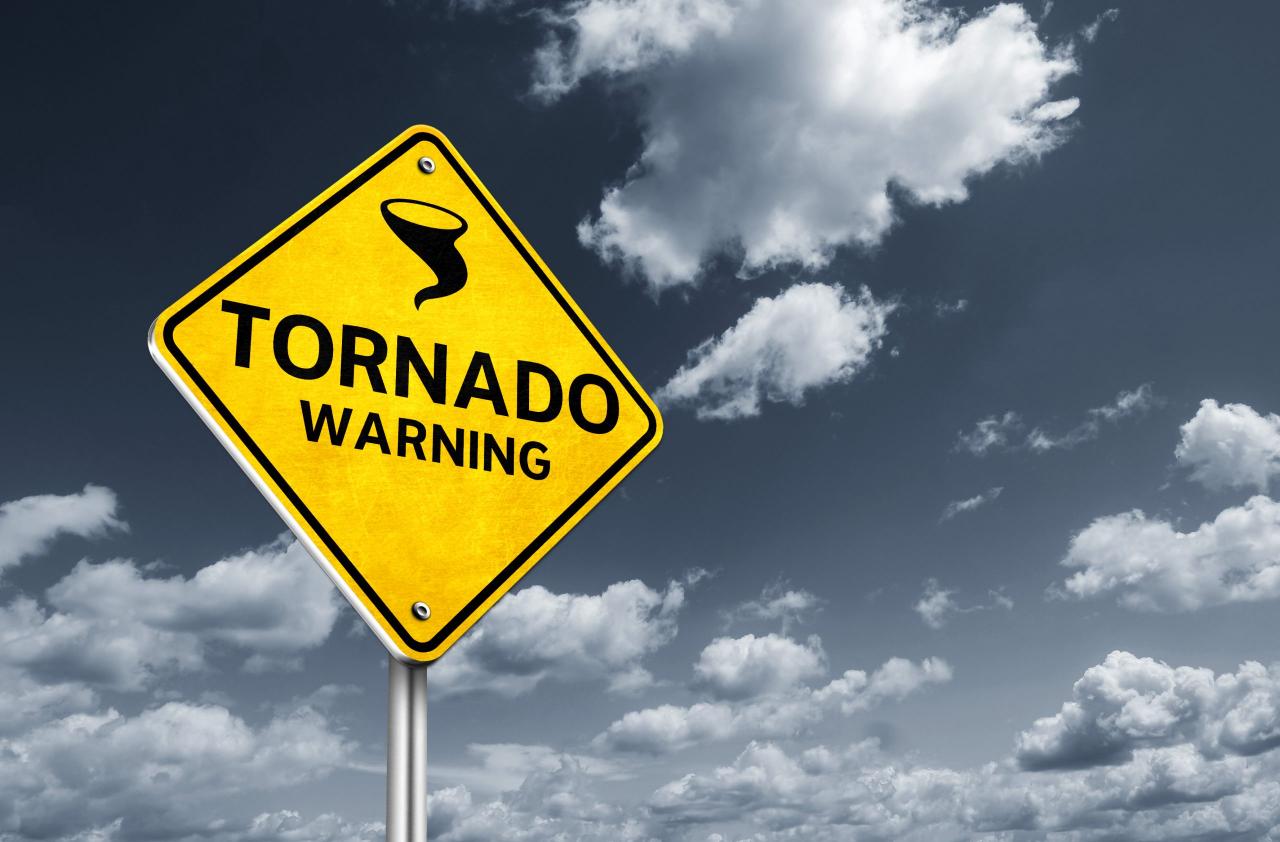
Lincoln Nebraska Tornado Today: A Comprehensive Guide sets the stage for this enthralling narrative, offering readers a glimpse into a story that is rich in detail with journalistic style and brimming with originality from the outset. The recent tornado activity in Lincoln, Nebraska, has left a lasting impact on the community, and this guide delves into the causes, effects, and safety measures surrounding these powerful storms.
From understanding the different types of tornadoes and their potential risks to staying safe during a tornado and tracking its path, this guide provides a comprehensive overview of everything you need to know about tornadoes in Lincoln, Nebraska.
Recent Tornado Activity in Lincoln, Nebraska

In recent years, Lincoln, Nebraska, has experienced several tornadoes. One notable event occurred on May 9, 2022, when an EF-2 tornado touched down in the southwest part of the city. The tornado caused significant damage to homes and businesses, but no injuries were reported.
Another tornado, an EF-1, struck Lincoln on June 20, 2021, causing minor damage to trees and power lines.
According to the National Weather Service, Lincoln has an average of one tornado per year. The majority of tornadoes occur during the spring and summer months.
Tornado Safety and Preparedness: Lincoln Nebraska Tornado Today
Tornadoes are powerful and potentially deadly storms. It is important to be prepared in the event of a tornado warning.
- Seek shelter immediately.The safest place to be during a tornado is in a basement or storm cellar. If you do not have access to a basement, go to the lowest level of your home and find an interior room without windows, such as a bathroom or closet.
- Stay away from windows.Windows can be shattered by the force of a tornado, and the glass can cause serious injuries.
- Cover your body.If you are caught outside during a tornado, cover your head and body with a blanket or other heavy object to protect yourself from flying debris.
Tornado Forecasting and Tracking
The National Weather Service uses a variety of methods to forecast and track tornadoes. These methods include:
- Radar.Radar can detect the rotation of the air within a tornado, which helps forecasters to identify and track tornadoes.
- Spotter networks.Spotter networks are made up of trained volunteers who report tornado sightings to the National Weather Service. These reports help forecasters to track tornadoes and issue warnings.
- Doppler radar.Doppler radar can measure the speed and direction of the wind within a tornado, which helps forecasters to determine the tornado’s intensity.
Tornado Climatology and History

Lincoln, Nebraska, is located in the Great Plains, which is one of the most tornado-prone regions in the United States. The city has a long history of tornadoes, dating back to the 1800s.
The deadliest tornado in Lincoln’s history occurred on May 3, 1953. The tornado killed five people and injured 150. The tornado also caused extensive damage to the city, destroying over 1,000 homes.
Tornado Research and Mitigation
Scientists are constantly working to improve tornado forecasting and warning systems. One area of research is the development of new radar technologies that can detect tornadoes more accurately and quickly.
Another area of research is the development of new tornado mitigation strategies. These strategies include the use of tornado shelters and the construction of tornado-resistant buildings.
Final Review
In conclusion, tornadoes are a powerful force of nature that can have a devastating impact on communities. By understanding the risks and taking the necessary precautions, we can help to mitigate the damage and loss of life caused by these storms.
This guide has provided a comprehensive overview of tornadoes in Lincoln, Nebraska, and we encourage you to use this information to stay safe and prepared.
Top FAQs
What is the best way to stay safe during a tornado?
The best way to stay safe during a tornado is to seek shelter in a sturdy building, such as a basement or storm cellar. If you are outside, lie down in a ditch or other low-lying area and cover your head with your hands.
What are the different types of tornadoes?
There are many different types of tornadoes, but the most common type is the supercell tornado. Supercell tornadoes are typically large and long-lived, and they can produce winds of up to 300 miles per hour.
How can I track the path of a tornado?
You can track the path of a tornado using a variety of methods, including weather radar, satellite imagery, and spotter reports. The National Weather Service also issues tornado warnings and watches, which can help you to stay informed about the threat of tornadoes in your area.





